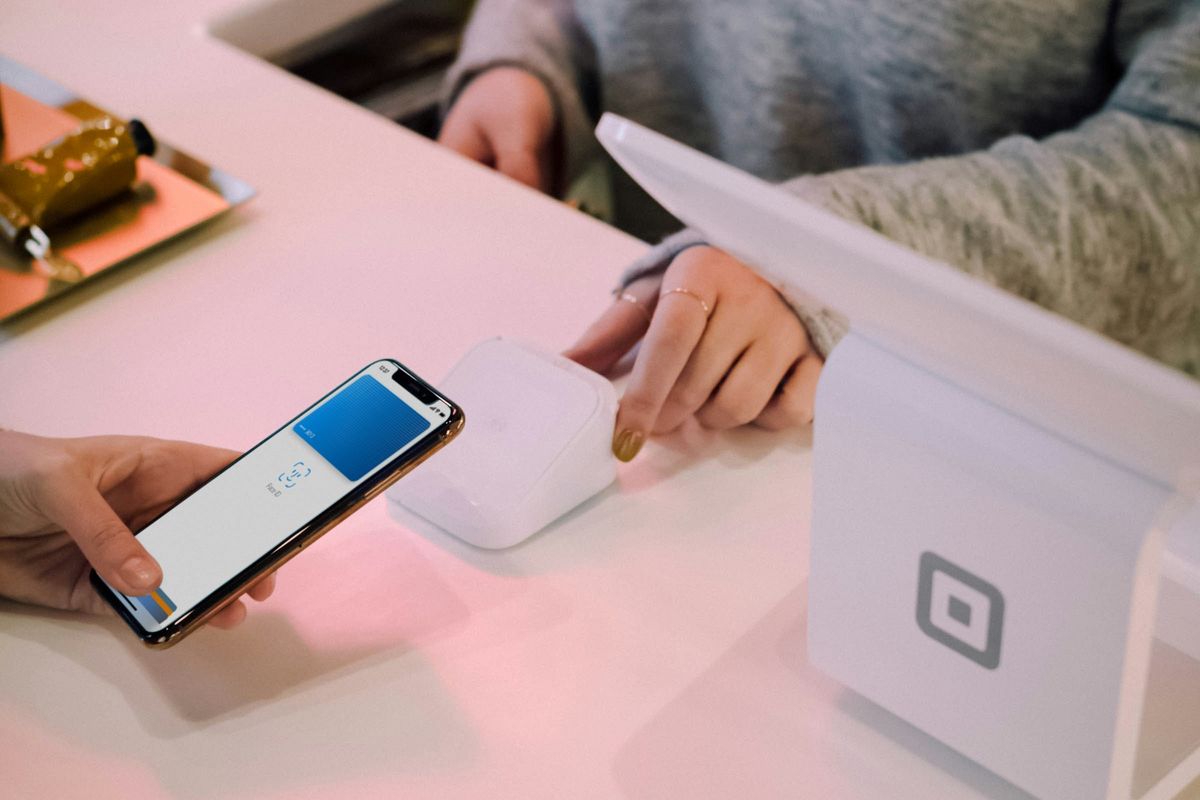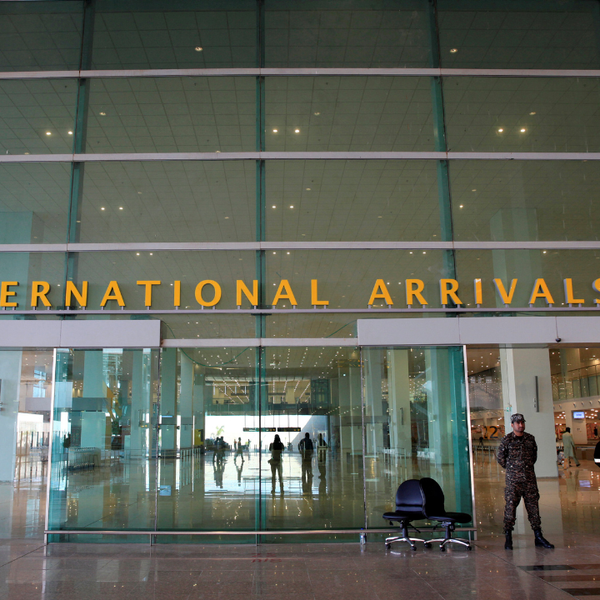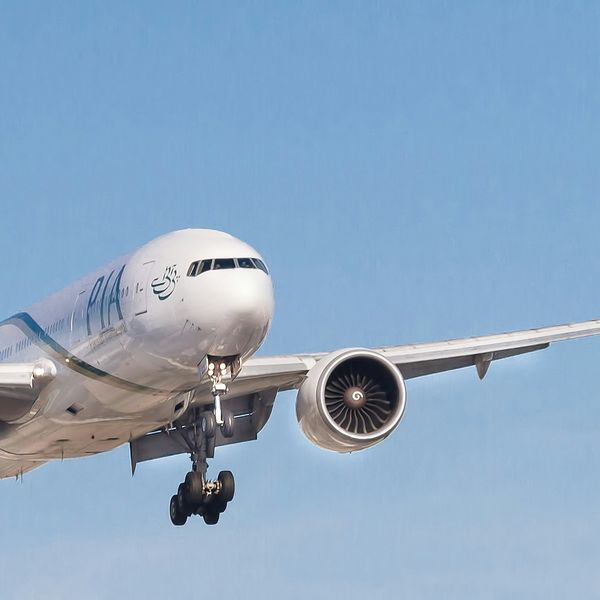Pakistan’s fintech transactions soar as digital economy expands in 2025: report
Mobile payments hit 2.14 billion in Q3-FY25, but uneven regulation, rural access gaps, and cybersecurity risks still cloud sector’s outlook
Business Desk
The Business Desk tracks economic trends, market movements, and business developments, offering analysis of both local and global financial news.

Pakistan’s fintech and data analytics ecosystem in 2025 is expanding rapidly, supported by strong mobile and broadband penetration.
By June, subscriptions had reached 197.8 million, with monthly data usage ranging from 8.1 to 8.76 GB, reflecting a digitally active population .
This connectivity is fueling a surge in digital finance. Transactions grew from 565 million in Q1-FY24 to 2.14 billion in Q3-FY25, with values rising by 182% to PKR 47.9 trillion, according to a report of Institute of Cost and Management Accountants.
Mobile apps now drive most payments, with the Raast system processing 368 million P2P transactions worth PKR 8 trillion in Q3-FY25, underscoring the importance of central bank-backed infrastructure.
The Payment Systems Quarterly Review (Q3-FY25) shows retail payments surged to 2.4 billion transactions, with mobile apps handling 1.7 billion transactions worth PKR 27 trillion. Overall, digital payments now represent 89% of retail transactions by volume, though 71% of transaction value (PKR 117 trillion) still flows through over-the-counter (OTC) channels, underscoring a gradual but uneven shift from cash to digital.
Major players such as JazzCash, Easypaisa, NayaPay, and SadaPay dominate wallets and payments, while startups like Abhi and CreditBook leverage analytics to extend credit and financial access. Despite progress, 71% of transaction value continues to flow through cash and OTC channels, highlighting an uneven transition to digital.
In comparison, the MENA region is projected to see its AI market reach USD 9.34 billion in 2025, with growth driven by top-down strategies—centralized data platforms, open banking, and smart-city analytics.
Pakistan’s path, by contrast, is grassroots-led, built on mass adoption of low-value, high-volume payments enabled by affordable data. With financial inclusion at 64% in 2025 and a target of 75% by 2028, Pakistan is well-positioned for transformative growth.
Yet challenges such as fragmented regulation, uneven rural access, unstable funding, and cybersecurity risks must be addressed.
Learning from MENA’s coordinated governance and sectoral pilots could help Pakistan shift from fragmented progress to a structured, data-powered digital economy,
Pakistan’s fintech sector has expanded rapidly in recent years, attracting more than USD 385 million in funding since 2019. Investments peaked at USD 152 million in 2022, fueled by strong demand for digital financial services, but declined sharply in 2023 amid economic challenges and investor caution.
Encouragingly, the sector began to rebound in 2024 with USD 26.3 million raised, followed by USD 52 million in 2025.
Notable funding rounds included Abhi (USD 15 million), PostEx (USD 7.3 million), and Neem (USD 4 million), reflecting growing investor interest in BNPL solutions and embedded finance.
This surge in funding was accompanied by a steady rise in fintech startups, increasing from 35 in 2019 to a record 62 in 2021.
Startup formation slowed sharply in 2024, with only four new companies emerging due to tighter funding and tougher market conditions, signaling sectoral consolidation. At the same time, Pakistan’s digital payments ecosystem has surged, with the wallet market reaching USD 343 billion (PKR 96 trillion), powered by Raast—as of 2024, it has processed over 892 million transactions worth more than PKR 20 trillion since its launch.
Financial inclusion has risen dramatically, with account ownership growing from 16% in 2018 to 64% in 2024, supported by 59 million branchless wallets, 19 million mobile banking users, and 12 million internet banking users, reflecting a nationwide shift toward digital finance.
Trading remains dominated by peer-to-peer exchanges such as Binance, KuCoin, and Kraken, as banks are restricted from processing crypto transactions. The establishment of the Pakistan Virtual Assets Regulatory Authority (PVARA) and the ongoing efforts of the Pakistan Crypto Council signal progress toward a clearer regulatory framework, which could legitimize and further expand the sector.
Looking ahead, fintech is becoming an integral part of Pakistan’s broader digital transformation strategy. The government has launched a Central Bank Digital Currency (CBDC) pilot and allocated 2,000 MW of surplus electricity for bitcoin mining and AI data centers.
With support from China under CPEC in areas such as 5G and artificial intelligence, fintech is set to remain central to Pakistan’s digital economy. However, challenges including unstable funding flows, weak regulation, cybersecurity risks, and uneven digital access must be addressed for the sector to sustain its momentum.







Comments
See what people are discussing